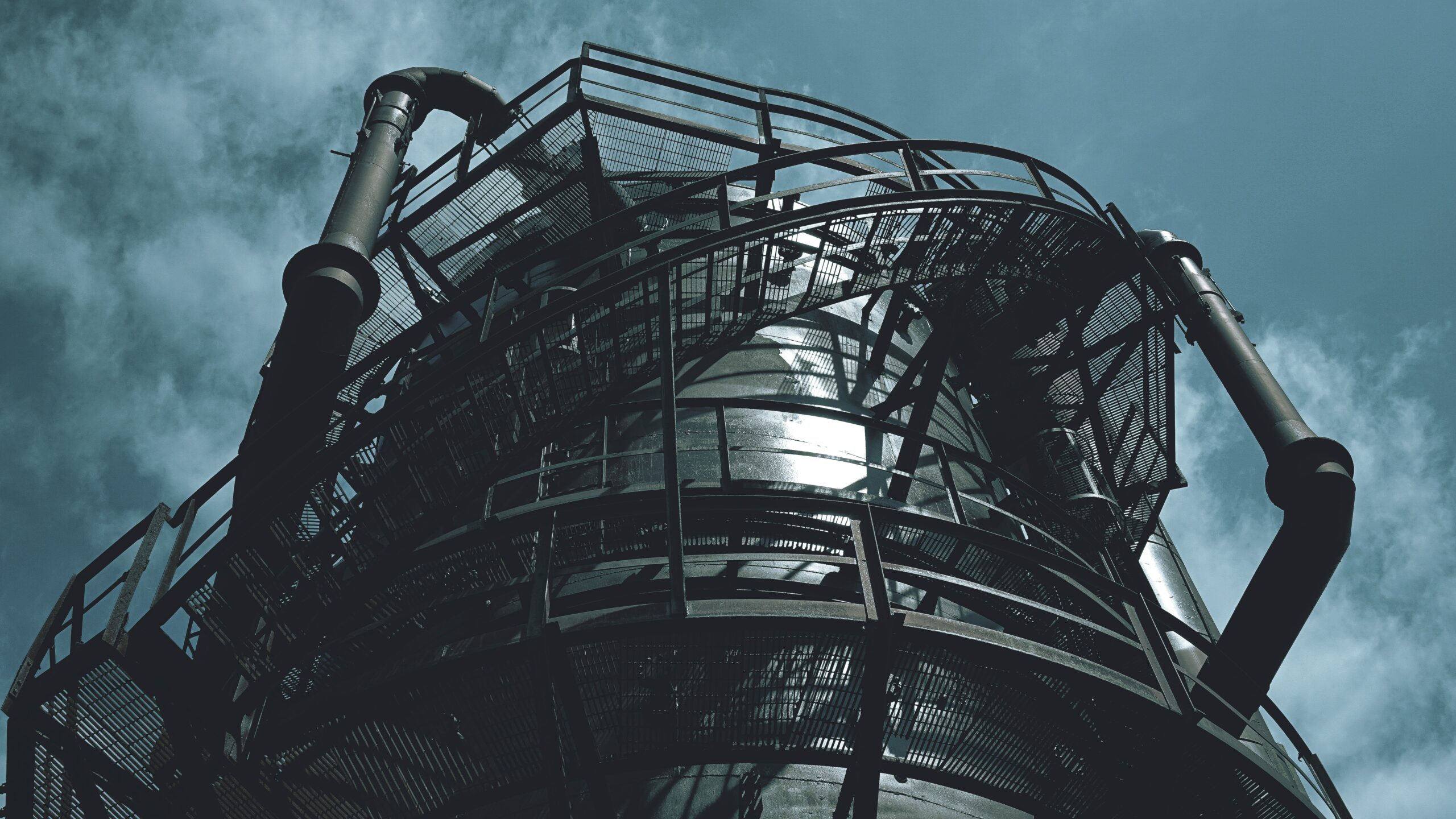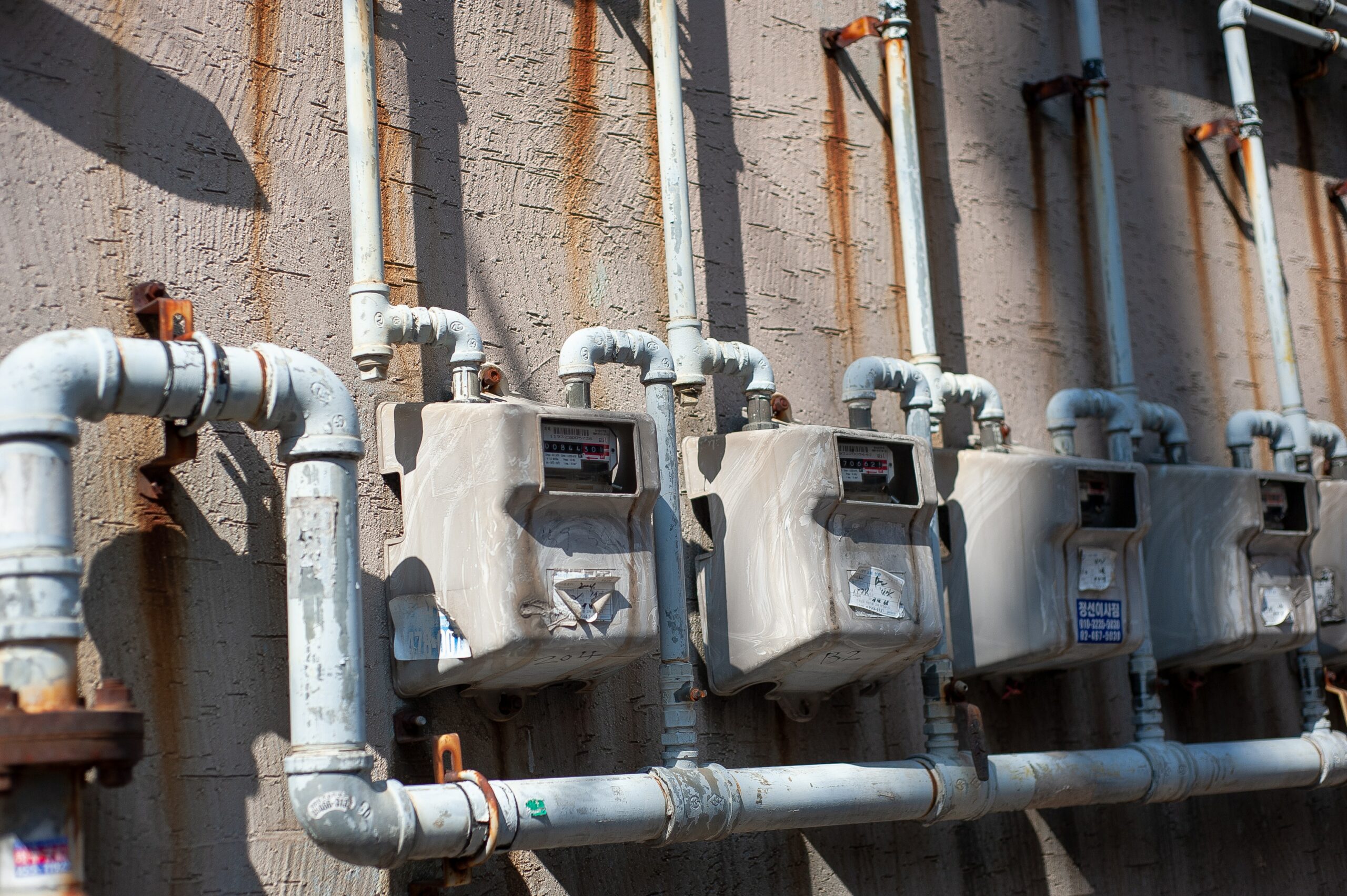As soon as you start building, Plumbing Installation must have a good feature. New home building, renovation, or basement development all have different stages. Must finish construction or remodeling projects with several procedures performed before going on to the next stage.
There are three stages involved in completing a residential plumbing installation:
- Phase I of the underground construction.
- Phase I of the installation above ground (top-out or stack-out).
- completing the last of the steps (Trim-out or trim finish).
- The fourth and final stage of a plumbing project is… Maintenance and repair.
What Is The Rough-in Phase Of The Underground?
The two points in the groundwork of a new home during construction is the basement walls have been poured, the groundwork can be laid, examined, and eventually buried to complete the project. It is feasible to do this after the plumbing has been roughed in.
However, it is dependent on the city whether or not this is possible. Locating all supply and waste connections to public utilities is done by an underground rough-in plumber. As well as determining where these systems will enter or exit the structure.

What Is The Rough-in Phase Aboveground?
Groundwork can include Plumbing Installation rough-inspection as we briefly stated before. This isn’t necessarily true in every situation. Drain and vent pipes, as well as water lines, must be installed at this time. Additionally, you’ll need to put in all of your bathtubs and shower bases.
It doesn’t matter if you’re building a new house, developing a basement, or simply remodeling your current residence. At this point, the services of a plumber are required: Holes are cut into the wall, ceiling, or floor to connect pipes to the fixtures. Pipework for the supply and waste systems is installed in a building.
With welding or soldering equipment or specialized chemicals for plastic pipes, joins pipe runs. Several power tools, like threading machines and propane torches, are used by this individual. Before you can begin installing the drywall, you must first connect all of your gas lines.
The installation of gas lines may be delegated to a different contractor during the rough stage. when a plumber does not have a gas license they should employ a thorough inspection of the Plumbing Installation before the walls are closed.

What Happens Towards the End?
Water heating and water filtration systems and other fixtures and appliances are installed during this phase to finish off the project. Hooking up gas appliances like fireplaces and heaters is also part of the job. Should check all fixtures and appliances for leaks after installation. They can also install the automatic controls for the pressurized pipe system.
Conclusion:
You can find an outline of the steps required in establishing a new plumbing system by clicking on the following link. All of the intended pipelines are measured by a plumber, one by one. It is anticipated that the walls, floors, and ceilings will be demolished, as well as drywall, floor tiles, and other building materials and components, in the future.
For example, they determine whether or not it will need new valves, seals, or other components to connect the new Plumbing Installation to the current system. To ensure that new sinks, toilets, and similar equipment fit appropriately in the available area and sustain their weight, plumbers perform square footage measurements.
Using plastic sheeting, the plumber tries to keep the surrounding area as safe as possible while working. The plumber cuts away drywall, lifts tiles, and the like to make room for the new pipe. They must be responsible for completing the Plumbing Installation to ensure that the new pipes are adequately sealed and linked.

